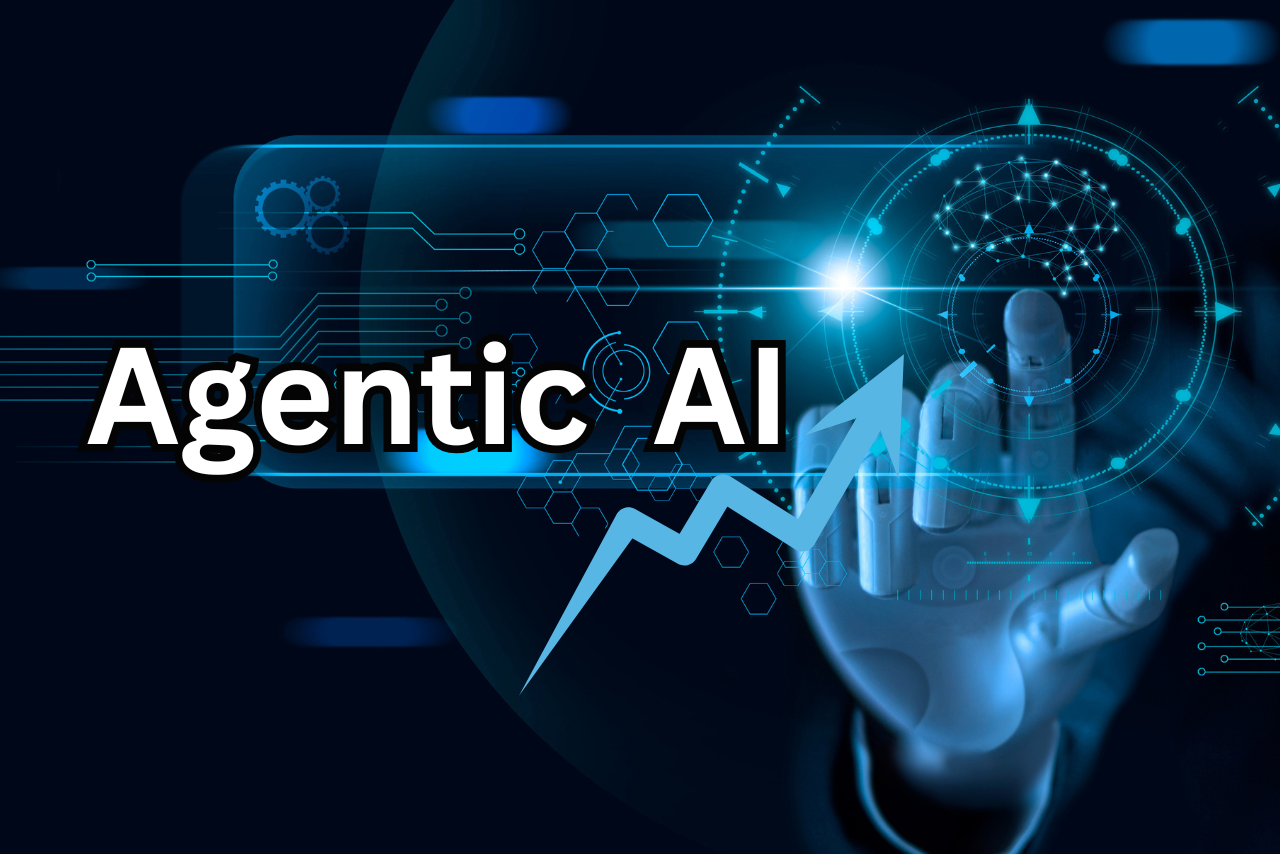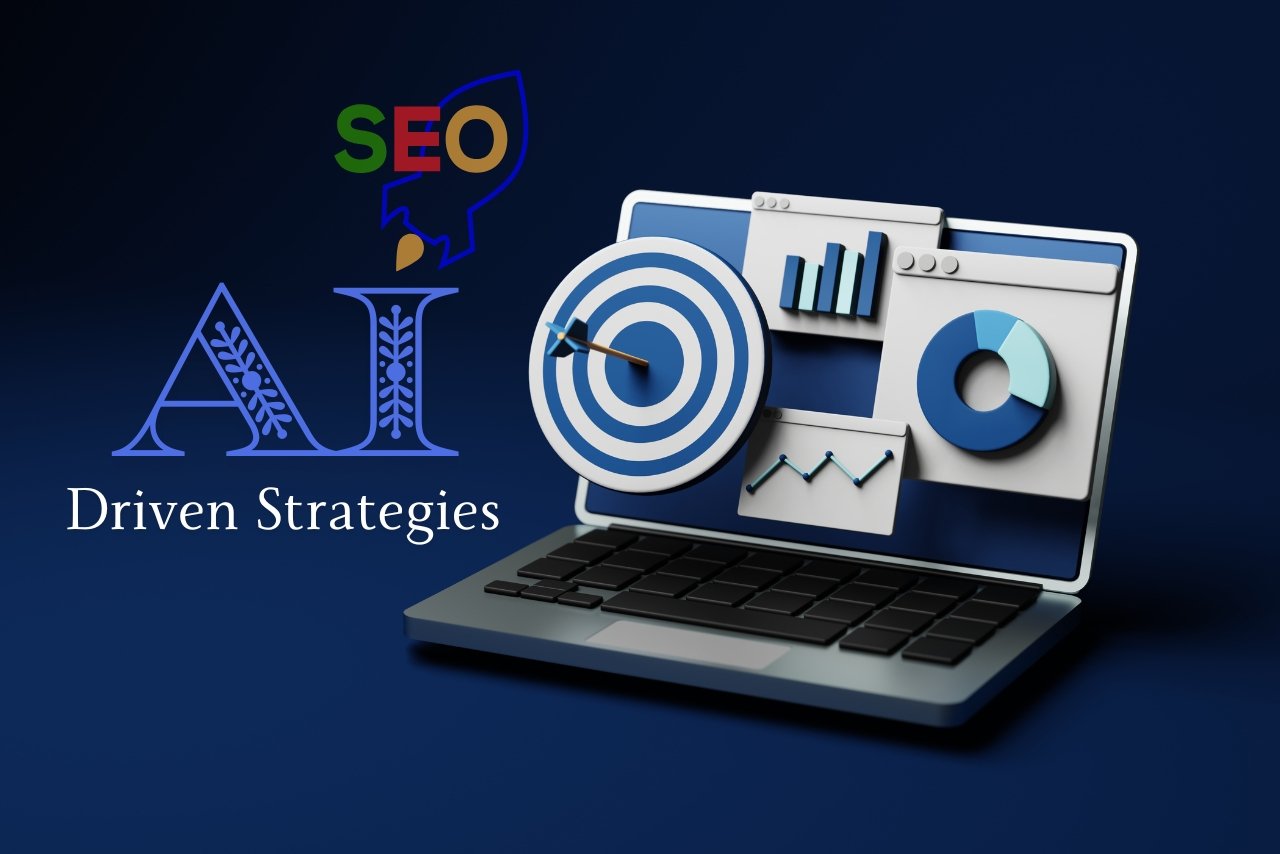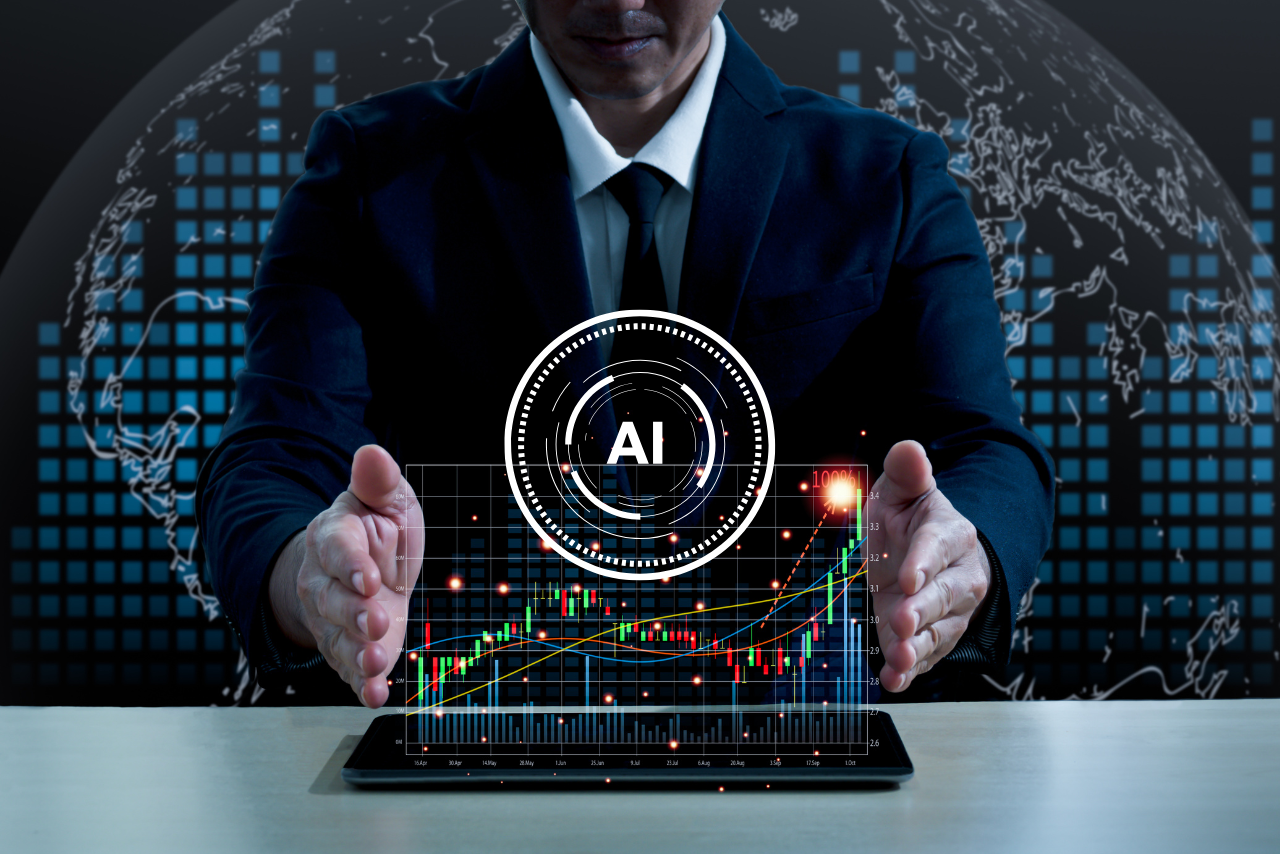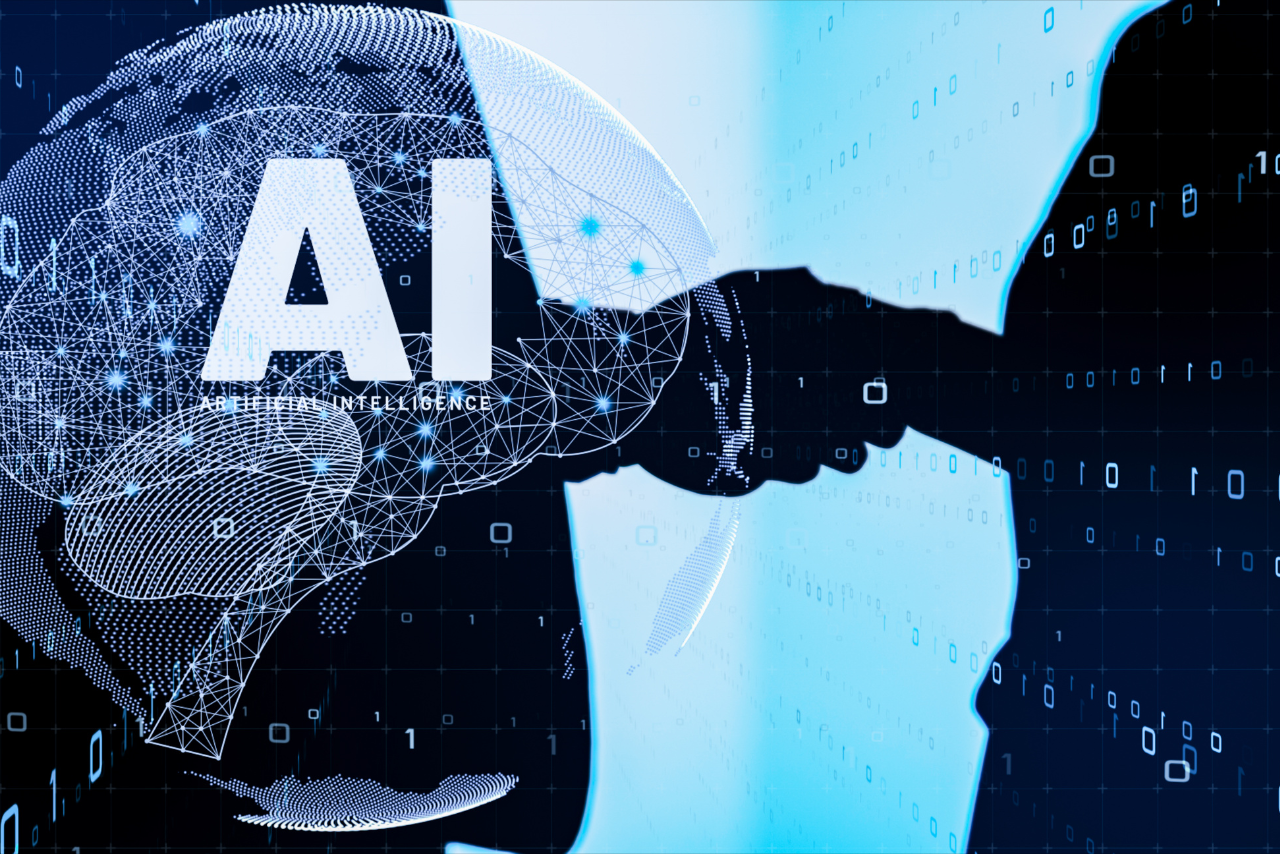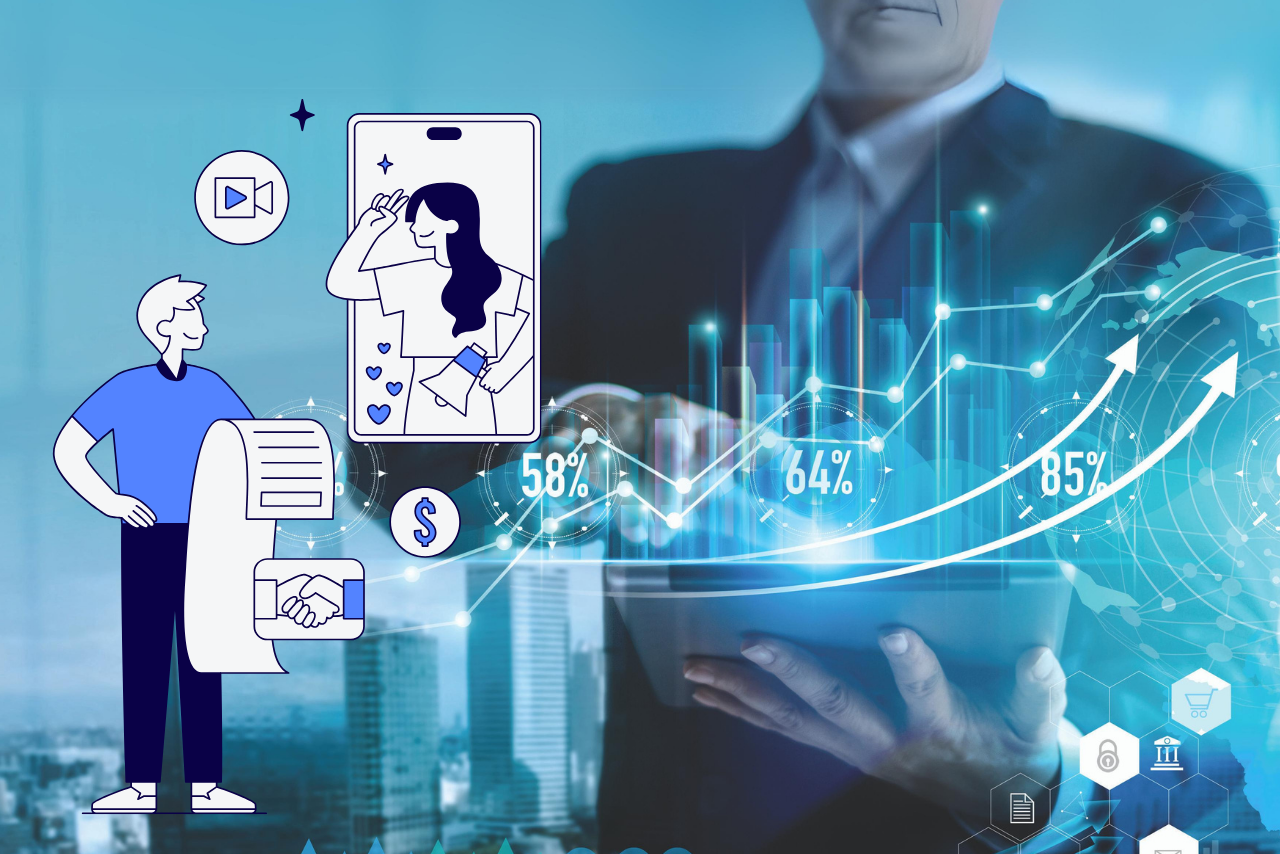We are aware of your likely thoughts. Most people frequently use the phrases cybersecurity and information technology (IT) security interchangeably. These two words refer to different security-related duty scopes.
Even when defining these two types of digital security, the expanding list of assaults in recent years necessitates some clarity in this area, even though the uncertainty is generally innocuous.
What is Cybersecurity?

The technique of protecting networks, computers, servers, mobile devices, electronic systems, and data against hostile intrusions is known as cyber security. It is often referred to as electronic information security or information technology security.
The phrase may be broken down into a few basic categories and is used in a wide range of applications, including business and mobile computing.
Network security
Network security is the act of protecting a computer network against intruders, including malicious software that seizes opportunities or targets attacks.
Application security
Application security focuses on preventing attacks from entering devices and software. The data that an application is meant to safeguard may be accessible if it is hacked. Effective security starts at the design phase, long before a programme or gadget is used.
Information security
Data integrity and privacy are safeguarded by information security, both during storage and transmission.
Operational security
Operational security covers the procedures and choices for managing and safeguarding digital assets. This includes the policies that regulate how and where data may be kept or exchanged, and the rights people have while accessing a network.
Disaster recovery and business continuity
How a company reacts to a cyber-security attack or any other situation that results in the loss of operations or data is determined by disaster recovery and business continuity.
Disaster recovery procedures specify how the company restores its operations and information to resume normal business operations. The organization’s backup plan is business continuity when certain resources are unavailable.
End-user education
End-user education deals with the most erratic aspect of cyber security: humans. Anyone disregarding sound security procedures can unintentionally introduce a virus into an otherwise secure system.
For any firm’s security, it is crucial to teach users to delete suspicious email attachments, avoid plugging in unknown USB devices, and other key teachings.
Why is cybersecurity important?
The importance of cybersecurity will only expand as there are more people, devices, and programs in the contemporary company, along with an influx of more data, most of which is sensitive or secret.
The issue is made much worse by the increase in the quantity and level of sophistication of cyberattackers and attack methodologies.
What are the benefits of cybersecurity?
The advantages of putting cybersecurity procedures into place and sustaining them include the following:
- Protection for businesses against cyberattacks and data breaches.
- Network and data protection.
- Preventing access by unauthorized users.
- Quicker recovery after a breach.
- End-user and endpoint device security.
- Regulation observance.
- Business continuity
- The number of developers, partners, customers, stakeholders, and workers who believe in the company’s reputation increased.
Different types of cybersecurity threats
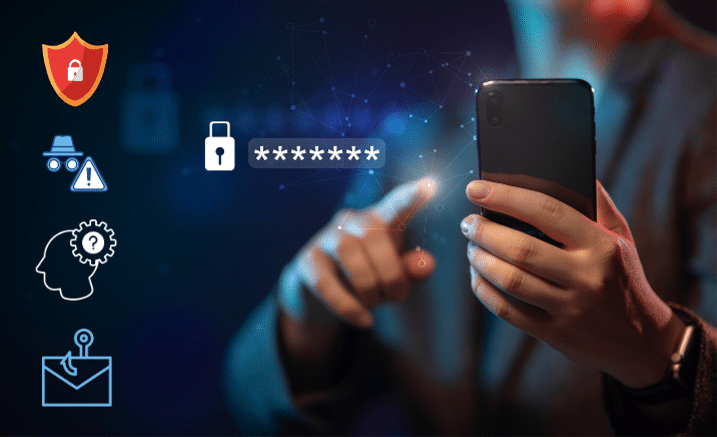
It can be difficult to stay on top of emerging technology, security trends, and threat information. Safeguarding data and other assets from many types of cyber threats are required. Some examples of cyber threats are:
- Malware is a subset of malicious software that allows any file or application to be used against a computer user. Worms, viruses, Trojans, and spyware are a few examples of different kinds of malware.
- Ransomware is a sort of malware in which an attacker encrypts and locks the victim’s computer system files, then demands money to decrypt and free them.
- Social Engineering is an assault that depends on communication with people. It fools users into circumventing security measures to obtain sensitive information that is generally safeguarded.
- Phishing is a type of social engineering in which phony emails or texts are delivered that appear to be from reliable or well-known sources. These communications, which are frequently random assaults, aim to steal sensitive information like credit card numbers or login credentials.
- Spear phishing is a sort of phishing that is directed at a specific user, organization, or company.
- Insider threats are security lapses or losses brought on by people such as staff members, subcontractors, or clients. Insider dangers can be malicious or careless.
- Distributed denial-of-service (DDoS) attacks involve several systems interfering with the operation of a targeted system, such as a server, website, or another network resource. Attackers can slow down or disrupt a target system by flooding it with messages, connection requests, or packets, blocking legitimate traffic from accessing it.
- Advanced persistent threats (APTs) are targeted assaults that last a long time and include an attacker infiltrating a network and avoiding detection for a long time to collect data.
- Man-in-the-middle (MitM) attacks are eavesdropping in which an attacker listens in on conversations between two parties who think they are speaking to one other and then relays messages between them.
Botnets, drive-by-download attacks, exploit kits, malicious advertising, vishing, credential stuffing assaults, cross-site scripting (XSS) attacks, SQL injection attacks, business email compromise (BEC), and zero-day vulnerabilities are additional frequent forms of attacks.
How is automation used in cybersecurity?
Automation is becoming crucial in keeping businesses safe from the numerous and sophisticated cyber threats on the rise. Cybersecurity may be enhanced in three key areas by utilizing artificial intelligence (AI) and machine learning in sectors with high-volume data streams:
- Threat Detection: AI-powered Platforms can evaluate data, identify existing dangers, and forecast new ones.
- Threat Reaction: AI-powered platforms can also design and automatically implement security measures.
- Human Augmentation: Security professionals frequently have too many warnings and boring duties. By automating large data analysis and other repetitive operations, AI can reduce alert fatigue by prioritizing low-risk warnings and freeing human labor for more complex tasks.
Automation in cybersecurity also helps with attack and malware categorization, traffic and compliance analysis, and more.
What is Information Technology?

Information technology accesses information using computer systems or gadgets. It incorporates both technology and information. This system handles a significant percentage of any workforce, corporate operation, and other personal access information that make up an individual’s everyday activities. It significantly affects how we live day to day.
Every firm uses it as a standard technology to improve its business abilities. This may be used for both personal and business needs. Global businesses use IT to manage and innovate data according to their operations.
Another excellent information technology example is flea market vendors utilizing smartphone credit card scanners to collect money from street artists using Venmo names.
Why is Information technology Important?
Information technology is essential to scaling up our personal and professional lives. It is the apex of the basis of technology, innovation, sustainability, and other crucial elements that enable the business to realize its full potential.
As a result, individuals utilize information technology on a personal level to interact and connect with others by playing games, exchanging media, purchasing, and, of course, socializing. Information technology is the pinnacle of professional development in business and commerce.
Every industry’s commercial activities are under its control. Information technology has dominated all industries, including manufacturing, commerce, and food service. People rely on information technology to communicate with one another and expertly handle information and services.
Difference Between Cyber Security and IT Security
Cybersecurity focuses on protecting electronic and mobile devices against cyberattacks. Information security (InfoSec) is the field that deals with safeguarding the availability, confidentiality, and integrity of information.
Cybersecurity addresses ransomware assaults, malware intrusions, and social media penetration. Firewalls and intrusion detection systems are two examples of information security measures.
Understanding and identifying sensitive information that is crucial or could be the target of a physical or cyber assault is the responsibility of an information security officer.
The vast majority of company data and sensitive information are frequently stored on a laptop, cloud services like an AWS S3 bucket, or another location online.
However, a decade ago, most private data was stored in a file cabinet. Information security specialists come from this background and use access controls to secure data and prevent illegal access physically.
Information security focuses on safeguarding data from dangers, whereas cybersecurity aims to avoid cyberattacks by adopting a hacker’s attitude.
Cybersecurity and Information Security Parallels
Information risk management requires a fundamental understanding of cybersecurity and information security. Additionally, while protecting electronic data from cyber threats and data breaches is primarily what cyber security experts are concerned with, their job description still includes aspects of physical security.
Cyber security experts require physical security measures to provide proper data protection, just as information security professionals lock a cabinet full of sensitive information. Although a laptop cannot be physically locked, security measures can be put in place (such as a keycard to enter an office) to deter illegal access in the first place.
Conclusion
Your company has to have sufficient security measures to prevent unwanted access, regardless of how your information is housed. If you don’t, physical security breaches and cybercrime may easily attack your company.
Now that you’re dealing with the nitty-gritty of IT and cybersecurity, it could be time to start thinking about developing a new security plan, updating your toolkit, or adding more personnel to your team.
At Digitallway.com, we have all the information you require to pick the appropriate security programme and create the appropriate strategies for your security architecture. Be sure to return often to see fresh posts and updates!


